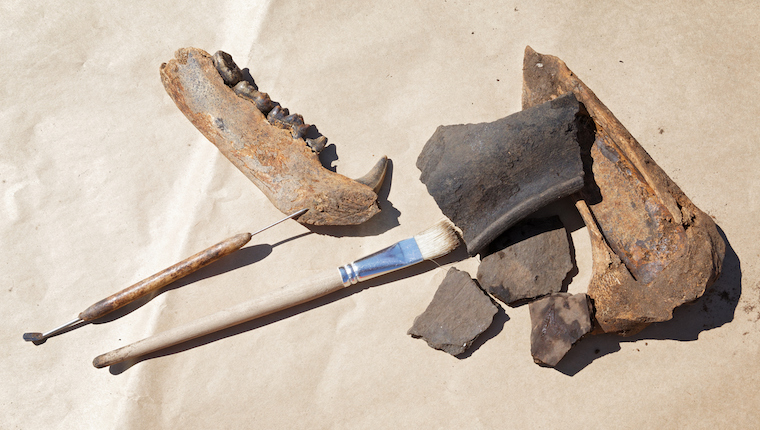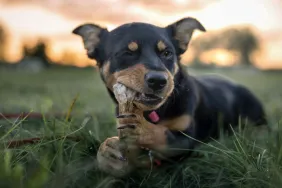
At the Jamestown colonial site in Virginia, dog bones are teaching us how early colonists and indigenous Americans lived together. First established in 1607, Jamestown was the earliest permanent English settlement in North America.
From 2007 to 2010, archeologists unearthed several dog bones at Jamestown. Then, in early 2022, Ariane Thomas from the University of Iowa led a research study that extracted DNA from the bones. Specifically, Thomas and team drilled into a pair of jawbones to retrieve mitochondrial DNA samples. Notably, mitochondrial DNA comes directly from the maternal line, making it more effective for analysis.
Surprisingly, Thomas discovered that the Jamestown bones had genetic lineages closer to American indigenous dogs rather than European breeds. Also, cut marks on the bones showed that colonists likely ate the dogs. Unfortunately, Jamestown’s harsh history makes this a probable theory.
Why finding indigenous dog bones is important
Although records exist proving that indigenous American tribes had dogs, there is very little physical evidence. Shockingly, there are also no genetic descendants of these indigenous canines.
Even with scarce proof, a 2020 study in the journal PNAS from archeologist Angela Perri suggests, “the first people to enter the Americas likely did so with their dogs.” Furthermore, Perri believes, “ where people went, dogs went.” Current theories suggest humans migrated from Asia into North America over 14,000 years ago with their dogs.
Thankfully, written records confirm that, across the continent, indigenous tribes kept dogs for various reasons. In the Pacific Northwest, the now-extinct Salish wool Hound was bred for its white fur, prized in blankets. For the Northern Iroquois, an annual ceremony dedicated to their war god featured dog meat in a feast, says The Washington Post.
Apparently, indigenous dogs never barked, but only howled. Additionally, many people relayed that the dogs looked more like wolves or foxes than their European counterparts.
Notably, the Jamestown dogs were not related to another group of native canine bones, found close by at another colonial village called Weyanoke. Speaking to Science.org, Thomas said, “There’s a lot more diversity than maybe we initially thought.” More importantly, the finding suggests that indigenous dogs were widespread when the colonists arrived, and their extinction was a gradual process.
Going forward, Thomas plans to sequence the Jamestown dogs’ DNA. Eventually, sequencing will help reveal whether the dogs were fully indigenous, or hybrids from breeding with European dogs. Hopefully, this will help complete the story of what happened to indigenous American dogs.









